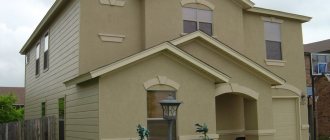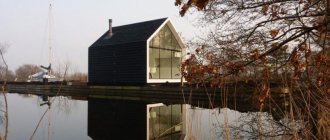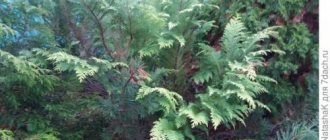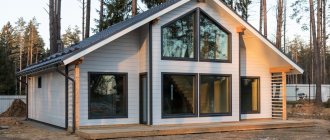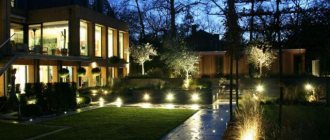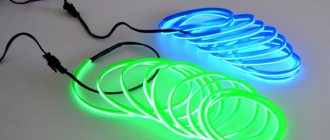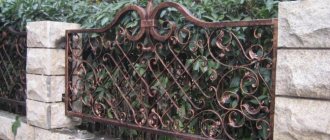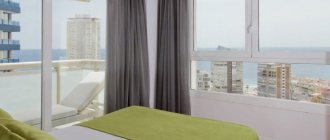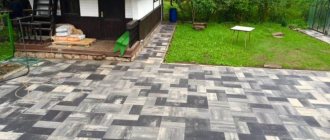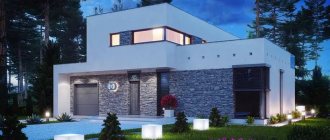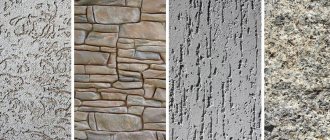Everyone wants to bring a bit of uniqueness and sophistication into their lives. Therefore, the desire to decorate your home is quite natural. Particularly common now is the decoration of the facade of a house, with which you can radically change the appearance of the building.
However, it becomes difficult to make a choice of material and type of finishing material, due to its wide variety. This is what we will try to figure out now.
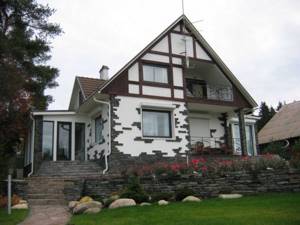
Types of house facade cladding
To begin with, here is a list of the most common types of finishing the facade of a private house, some of which will be discussed in more detail below.
- Facade wallpaper;
- Siding;
- Stone;
- Facade plaster;
- Sandwich panels;
- Facing brick;
- Ceramic and clinker tiles.
Brick
This is perhaps one of the oldest methods of home decoration, which will be in demand for a long time. Generally speaking, the whole job is to build an additional brick wall on top of the old one.
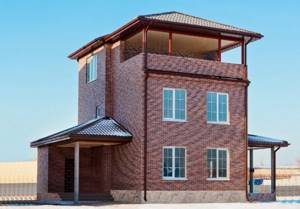
Accordingly, all the advantages come from this. Namely: increased thermal insulation, strength and reliability of the building, durability. However, it is worth considering the need to prepare for work. It is necessary to either strengthen or expand the old foundation of the house.
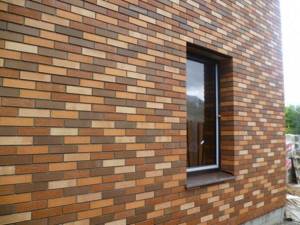
Also, as an advantage, you can add a wide variety of types of bricks on the market:
- Ceramic;
- Silicate;
- Clinker;
- Hyper-pressed;
- Smooth;
- Glazed;
- Engobed;
- Raised.
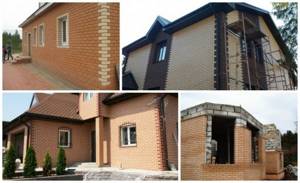
Facade plasters
The most common type of exterior finishing for the facade of a house is plaster. This is the cheapest choice, but no less attractive. In addition, plaster is used not only to give a good appearance to the building, but also to protect it from external influences.
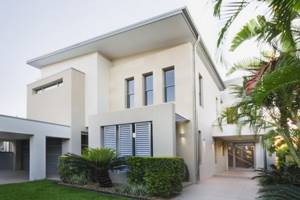
And to improve the appearance, manufacturers add small pebbles or inclusions to some types of facade plasters, which when applied gives a characteristic relief.
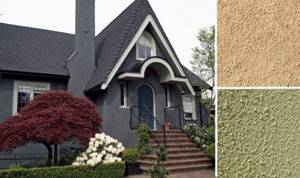
Modern plasters can also be divided into several types:
- Mineral;
- Acrylic;
- Silicate;
- Silicone.

Wet facade
This is another popular method used for the reconstruction of dilapidated or modified facades. The technology is based on external insulation of walls with various heat insulators - PPS, PSB, mineral wool. A “pie” is formed on the wall from insulation, a reinforcing and decorative layer, the insulation is attached to the wall with adhesive mixtures, which are then used to create a reinforcing layer, and finally plaster is applied. Due to the abundance of “wet” processes, the technology got its name; it is considered one of the most effective ways to increase the heat-saving properties of a structure. Unlike other finishing options, with this insulation the number of cold bridges is minimized. Textured decorative plasters are usually used as a facing screen.
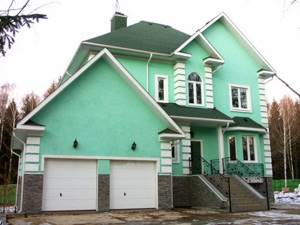
For wet facade technology, manufacturers produce entire systems that include all the materials used: penetrating primers, dry adhesive mixtures, slab insulation, special “fungus” fasteners (dowels with a wide head), fiberglass mesh for reinforcement, additional elements, finishing decorative compositions, dyes.
An alternative option is to purchase materials suitable for the application from different manufacturers based on availability. Compliance with the technological process allows you to obtain a high-quality “pie” from individual components, but in case of gross violations, even the most expensive system will not save you from defects. However, professionals recommend using all components from one line of one company, since in the assembled “hodgepodge” the products may not suit each other. The technology is discussed in more detail in the forum topic on plastering on facades.
If the house does not need insulation, but only wants to update the facade, instead of installing insulation, a layer of plaster is applied to the walls, leveling the base and preparing it for decorative finishing. A wet façade is somewhat more expensive than siding, but it provides an exclusive coating - even a typical “bark beetle” or “lamb” pattern is executed by each master in his own way. Like a curtain façade, a wet one hides wall imperfections and can be used on different substrates. In addition, plaster combines perfectly with other types of finishes, which expands the possibilities of decoration. Forum members also appreciated the advantages of this method of insulating and rejuvenating facades.
vedmed_KUser FORUMHOUSE
There is a house 15x15 m, two floors, sand-lime brick in 2 bricks, with semicircular wall elements. We plan to insulate it with mineral wool slabs and plaster it for painting. As a result of consultations and reflections, we settled on the following option: we cover smooth walls with EPS, curved walls with mineral slabs.
There is now a large selection of materials on the market for every taste, but at the end of the last century many had to build from what they could get. The appearance of buildings constructed from the “mix” needs to be improved.
guvansFORUMHOUSE user
I bought a house that is 20 years old - three types of bricks: facing, regular red and fireproof. Pie wall from the inside: clapboard, penofol, cinder block, brick, wall about 45 - 50 cm, no need to insulate. I want to bring everything into a single style - plaster and apply decorative plaster.
Any facades can be finished using the wet method, with virtually no restrictions on the source material. The only difference is the method of preparation, for example, of brick or block walls and the preparation of walls of frame or wooden houses. In the case of wood, additional strengthening of the base is required so that the plaster does not crumble due to movement.
Siding
The method of finishing the facade of a house with siding appeared relatively recently, but has already become widespread. And all thanks to its lightness and ease of use.
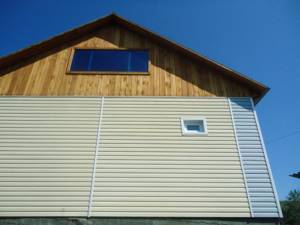
In addition, siding is not inferior to other types of house cladding in both external and internal characteristics.
Siding can be divided into panels and lamellas (boards), each of which can be made of acrylic, metal or wood.

Back to basics
To restore this elegant home to its historic style, the team decided to not only change the color of the facade, but also add white moldings (between floors, above the windows and the garage). Thanks to this move and the soft two-tone palette, the house began to seem much larger and more impressive. Additionally, the unsightly area to the left of the entrance has been transformed into a nice terrace, highlighted by red brick that matches the purple front door.
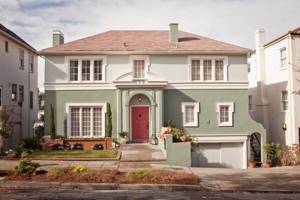
Facade tiles
Tiling the facade of a house is one of the most versatile types of home decoration. The thing is that facade tiles can be made from a huge variety of materials, and also have unlimited shapes and sizes.
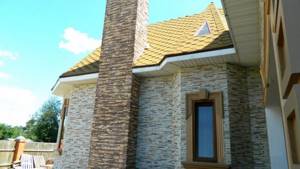
All this allows you to bring any ideas to life. In addition, facade tiles have good performance characteristics.
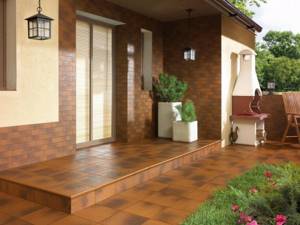
But here again, it all depends on the type of material. Here, for example, are several of the most common types from which finishing tiles are prepared:
- A natural stone;
- Fake diamond;
- Ceramic facing tiles;
- Clinker tiles;
- Terracotta tiles;
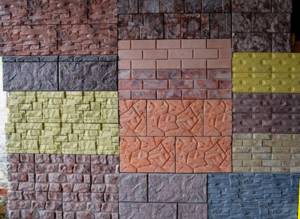
Facade finishing panels
Facade panels are another modern way of cladding a house. Its advantage is its versatility. Such panels can be made from a variety of materials, and even with different structures, and, accordingly, different functions.
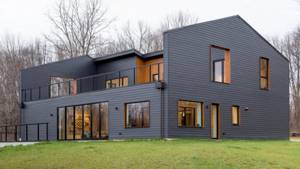
- Production of plastic for finishing
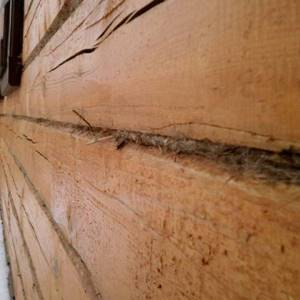
How and how to caulk a timber house with your own hands: materials and step-by-step instructions
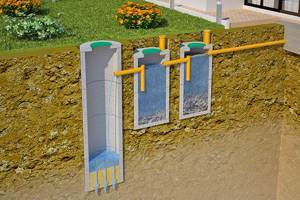
Digging wells
This finish can also be made from several layers of different materials. For example, some models have three layers, one of which is insulating. This way you can immediately eliminate two problems: appearance and cold walls.
Facade panels come in the following types:
- Polymer sand panels;
- Metal panels;
- Vinyl panels;
- Double-layer thermal panels;
- Sandwich panels;
- Fiber cement panels;
- Glass panels.
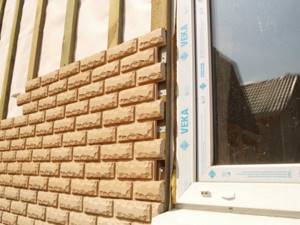
Facing tiles
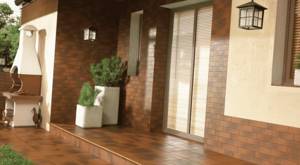
Tiles for finishing facades are a set of rectangular blocks that are attached close to the external walls. The tiles are fixed using both dry and wet methods. This is a non-flammable, durable and high-quality material. A wide range of facade tiles in color, size and texture are available for sale. Can be made from different raw materials:
- Porcelain tiles.
- Ceramics.
- Concrete.
- Agglomerate.
- Clinker.
Depending on the selected manufacturing material, the type of surface of the façade tiles will differ.
